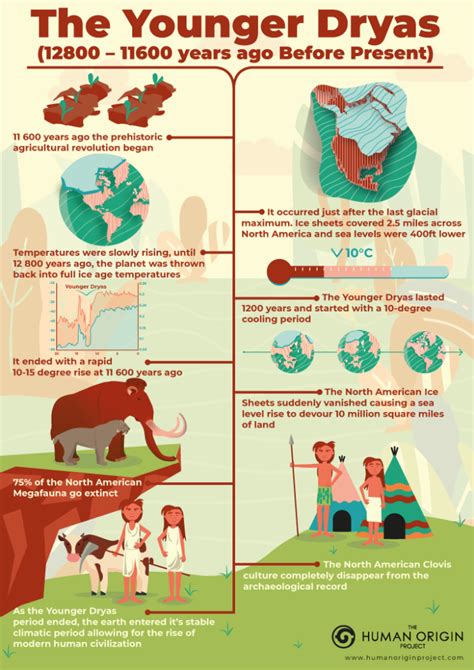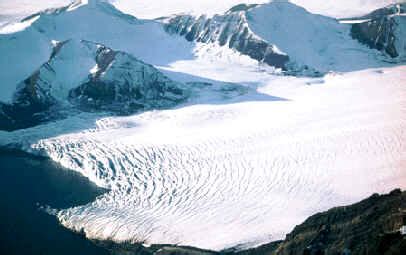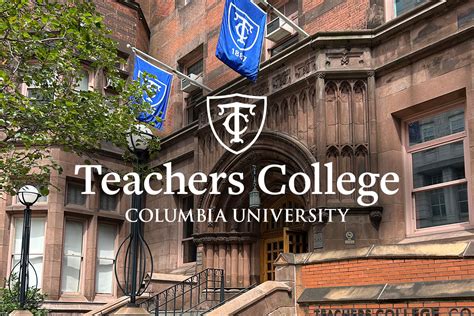What Is Younger Dryas

The Younger Dryas, a geological phenomenon named after the Dryas octopetala, a flower that thrived during this period, is a significant event in Earth's history. It represents a sudden and dramatic climate shift that occurred approximately 12,900 to 11,700 years ago, near the end of the last glacial period. This event is characterized by a rapid decline in temperatures, leading to a brief return to glacial conditions in parts of the Northern Hemisphere, despite the overall trend of warming and deglaciation at the time.
This period, often referred to as a "mini ice age," had profound effects on the Earth's ecosystems and human societies. The sudden onset of colder temperatures disrupted the gradual warming and melting of ice sheets that had been underway, causing a reversal in certain regions. This had far-reaching implications for vegetation, animal life, and human settlements, potentially contributing to the extinctions of several large mammal species and influencing the migration patterns and survival strategies of early human civilizations.
Geological Context and Causes

The Younger Dryas is one of the most studied and debated periods in Earth's climate history. It is believed to have been triggered by a complex interplay of factors, including changes in ocean circulation patterns, particularly in the North Atlantic. A slowdown or shutdown of the Atlantic Meridional Overturning Circulation (AMOC) is often cited as a key driver, as this current system is critical for distributing heat around the globe.
During the Younger Dryas, a rapid influx of freshwater into the North Atlantic from melting ice sheets is thought to have disrupted the AMOC. This event, known as the "Big Freshwater Pulse," may have occurred due to the sudden collapse of ice dams, causing massive lakes to drain into the ocean. The influx of cold, freshwater would have capped the North Atlantic with a layer of less dense water, effectively blocking the normal thermohaline circulation and leading to a rapid cooling of the Northern Hemisphere.
Other potential contributors to the Younger Dryas include changes in solar radiation, volcanic activity, and the release of large amounts of meltwater and debris from retreating glaciers, which could have altered atmospheric conditions and further cooled the planet.
Environmental and Ecological Impacts

The environmental changes during the Younger Dryas were profound. In North America, the cooling led to the expansion of tundra and boreal forest ecosystems, pushing back the boundaries of warmer, more temperate regions. This had significant impacts on plant and animal life, with many species forced to migrate or adapt to the changing conditions. The sudden shift also likely played a role in the extinction of several large mammal species, including the mammoth and the saber-toothed cat, which may have been unable to cope with the rapid environmental changes.
In human terms, the Younger Dryas had complex consequences. For early human societies, the cooling and associated changes in vegetation and animal populations likely required significant adaptations. These could have included shifts in hunting and gathering strategies, the development of more advanced tools and technologies, and possibly the adoption of new migration patterns or even early forms of agriculture to ensure food security.
Archaeological evidence suggests that human populations in certain regions, particularly in the Northern Hemisphere, faced significant challenges during this period. Some groups may have even gone through population bottlenecks or had to abandon their traditional territories, seeking more favorable environments. However, it's also possible that the Younger Dryas played a role in stimulating innovation and technological advancements, as humans adapted to the changing world around them.
Scientific Significance and Modern Relevance
The Younger Dryas is of immense scientific interest due to its rapid onset, global impact, and potential insights into the Earth's climate system. Studying this period helps scientists understand the dynamics and vulnerabilities of the climate system, particularly in relation to abrupt changes and the role of ocean-atmosphere interactions. It also provides a window into the past, offering clues about how ecosystems and human societies might respond to rapid climate shifts in the future.
In a modern context, the Younger Dryas serves as a reminder of the Earth's capacity for dramatic and rapid climate changes. As the planet faces the challenges of anthropogenic climate change, understanding the mechanisms and impacts of past climate events like the Younger Dryas can provide valuable insights into potential future scenarios. It highlights the need for continued research and monitoring of Earth's systems, particularly in light of ongoing human-induced climate alterations.
Future Research and Implications
Ongoing research into the Younger Dryas continues to yield new insights and raise intriguing questions. Scientists are exploring the precise timing and duration of the event, as well as its regional variations and the specific triggers that led to the rapid cooling. Advanced modeling techniques and improved proxy data from ice cores, lake sediments, and other sources are helping to refine our understanding of this critical period in Earth's history.
One of the key areas of interest is the potential link between the Younger Dryas and the development of early civilizations. Some researchers suggest that the challenges posed by this period may have played a role in the emergence of more complex social structures and agricultural practices. Further exploration of this idea could provide valuable insights into the relationship between climate change and human societal development.
Additionally, the study of the Younger Dryas contributes to our understanding of the Earth's overall climate resilience and the potential for abrupt changes. As we navigate the complexities of modern climate change, lessons from the past, such as those offered by the Younger Dryas, are invaluable in shaping our strategies for adaptation and mitigation.
Frequently Asked Questions

What triggered the Younger Dryas?
+
The Younger Dryas is believed to have been triggered by a combination of factors, primarily a slowdown or shutdown of the Atlantic Meridional Overturning Circulation (AMOC) due to a massive influx of freshwater into the North Atlantic from melting ice sheets. This event, known as the “Big Freshwater Pulse,” disrupted the normal ocean circulation patterns and led to a rapid cooling of the Northern Hemisphere.
How long did the Younger Dryas last?
+
The Younger Dryas lasted for approximately 1,200 years, from about 12,900 to 11,700 years ago. This period of rapid cooling and glacial resurgence occurred near the end of the last glacial period, when the Earth was generally experiencing a trend of warming and deglaciation.
What were the environmental impacts of the Younger Dryas?
+
The environmental impacts were significant. In North America, the cooling led to the expansion of tundra and boreal forest ecosystems, pushing back the boundaries of warmer, more temperate regions. This caused major shifts in vegetation and animal populations, potentially contributing to the extinction of several large mammal species. In human terms, it likely required significant adaptations in hunting and gathering strategies and possibly influenced the development of early agricultural practices.
How does the Younger Dryas relate to modern climate change?
+
The Younger Dryas serves as a reminder of the Earth’s capacity for dramatic and rapid climate changes. While the triggers and mechanisms of this ancient event are different from modern anthropogenic climate change, studying the Younger Dryas provides valuable insights into the potential consequences of rapid climate shifts. It highlights the need for ongoing research, monitoring, and proactive strategies to address the challenges of our changing climate.
What can we learn from the Younger Dryas about human resilience and adaptation?
+
The Younger Dryas offers a glimpse into how early human societies may have responded to rapid and extreme climate changes. It suggests that human populations had to adapt their hunting and gathering strategies, possibly leading to the development of more advanced tools and technologies. In some cases, it may have even driven the adoption of early agricultural practices. This period underscores the inherent resilience and adaptability of human societies in the face of environmental challenges.



